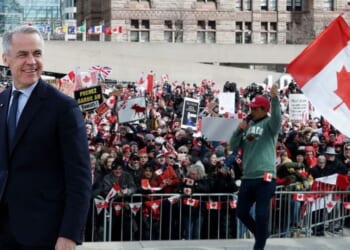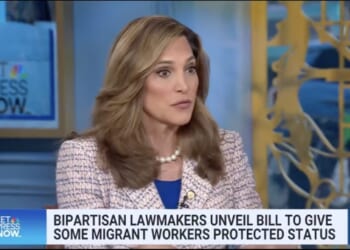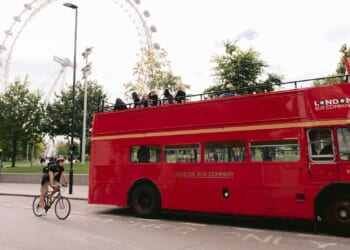The Spanish-American War had ended after only four months with the United States emerging as a global power, controlling territory in the Pacific (Guam and the Philippines), the Caribbean (Cuba and Puerto Rico), and its original lands in North America. McKinley certainly oversaw an emerging 20th-century power in its infancy and provided the impetus to see the U.S. expand its influence in other arenas.
Only weeks after the Paris Peace Treaty had been signed in December 1898, a revolt broke out in the Philippines, led by rebel hero Emilio Aguinaldo. The U.S. responded by sending military forces to the region, primarily Navy and Marine troops. The fighting continued for almost four years, and the United States found itself categorized as just another major power “brutalizing the native population of a less modern nation” — a characterization used prior to 1902 for the European imperialistic powers. The loss of life supported that charge; the U.S. lost more than 5,000 troops while the Filipinos lost upwards of 200,000.
But the Philippines were not the only interest the U.S. had in the Asia sphere. If you remember your history lessons from high school and college, you remember the term “Open Door Policy,” which was a lovely slogan that symbolized all major nations’ equal footing in trading with China while allowing the ancient land to remain independent from outside control. Secretary of State John Hay issued that policy and skillfully forced the European powers to agree.
When the Boxer Rebellion erupted in June 1900, President McKinley sent U.S. troops and manned gunboats to aid an international military force designated to maintain control while ending Chinese retaliation against foreign nationalists in residence on the mainland. Interestingly, McKinley also feared that China would disappear under foreign interferences and stressed that China should not be placed under European and Japanese control. Once the Boxer Rebellion had been quelled, China was “asked” to pay for the cost of maintaining the peace — a total of $300 million, with the U.S. receiving $25 million.
Reelected in 1900, McKinley’s place in history seemed to be written as an expansionist president who was balancing power in both foreign and domestic policy. With four more years in the White House and a strong VP in Spanish-American War hero and former New York governor Theodore Roosevelt to help spread his message as the nation moved into the 20th century, McKinley began traveling the nation, sharing his message of prosperity and purpose.
He headed to Buffalo, New York, for a well-publicized speech at the Pan-American Exposition in September 1901. Thousands of citizens gathered for a chance to see and speak with their president. It was a glorious day for McKinley as the throngs thanked him for his leadership and service and applauded his global accomplishments.
As the lines moved forward quickly, the president reached his hand out to the next person in line — Leon F. Czolgosz, a young man of Polish extraction from Detroit, Michigan, who was a self-professed anarchist. Czolgosz had carefully concealed a revolver, which he quickly removed from his coat, firing two shots at point-blank range into McKinley’s chest. The president was rushed to the hospital and his prognosis for recovery appeared good, but gangrene attacked the flesh around the wounds — after an unbelievable amount of probing by surgeons — and the president died on September 14, 1901.
Czolgosz admitted shooting the president, justifying his actions because he believed that McKinley had no empathy for working-class citizens and was an “enemy of the people.” He would die in the electric chair six weeks after McKinley’s death.
Some 124 years after his death, historians still debate McKinley’s legacy. Whereas he was once viewed as a weak leader, influenced by the powerful around him, a more modern view has emerged of McKinley as a strong leader who gently manipulated others to gain a strong global position for the United States, aided by joining forces with Theodore Roosevelt, who supported that global initiative. The astute politician not only led the U.S. into a new realm of influence but handpicked his successor — and what a successor Roosevelt would be.
Ah, hang onto your hats, because Teddy would totally restructure the presidency through the sheer force of his personality and will. But that’s the next chapter in our history…














